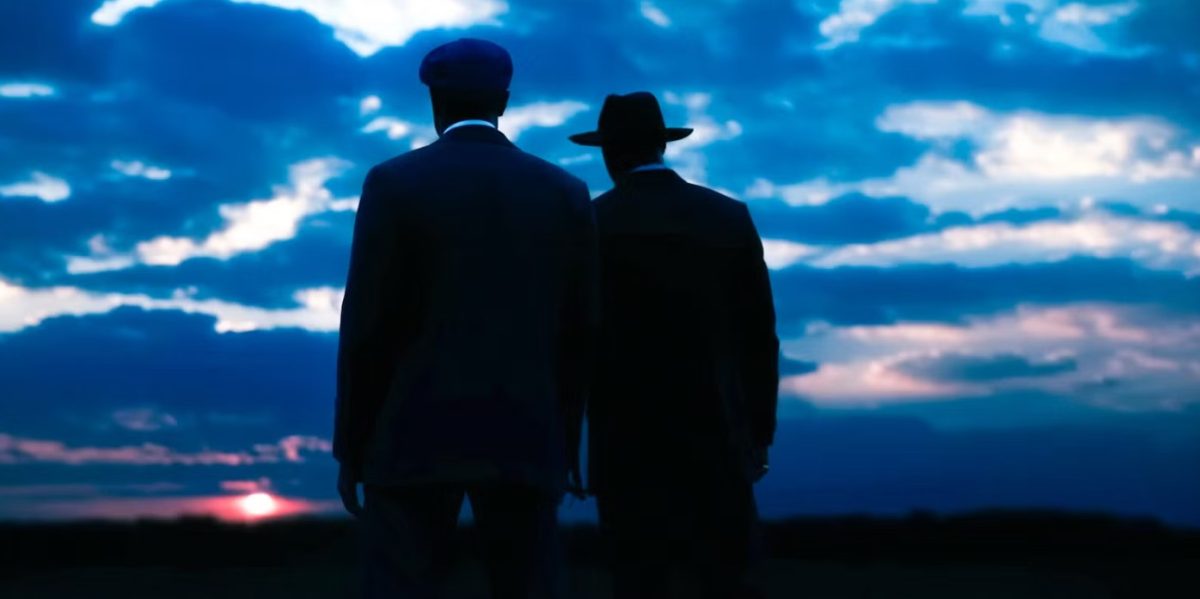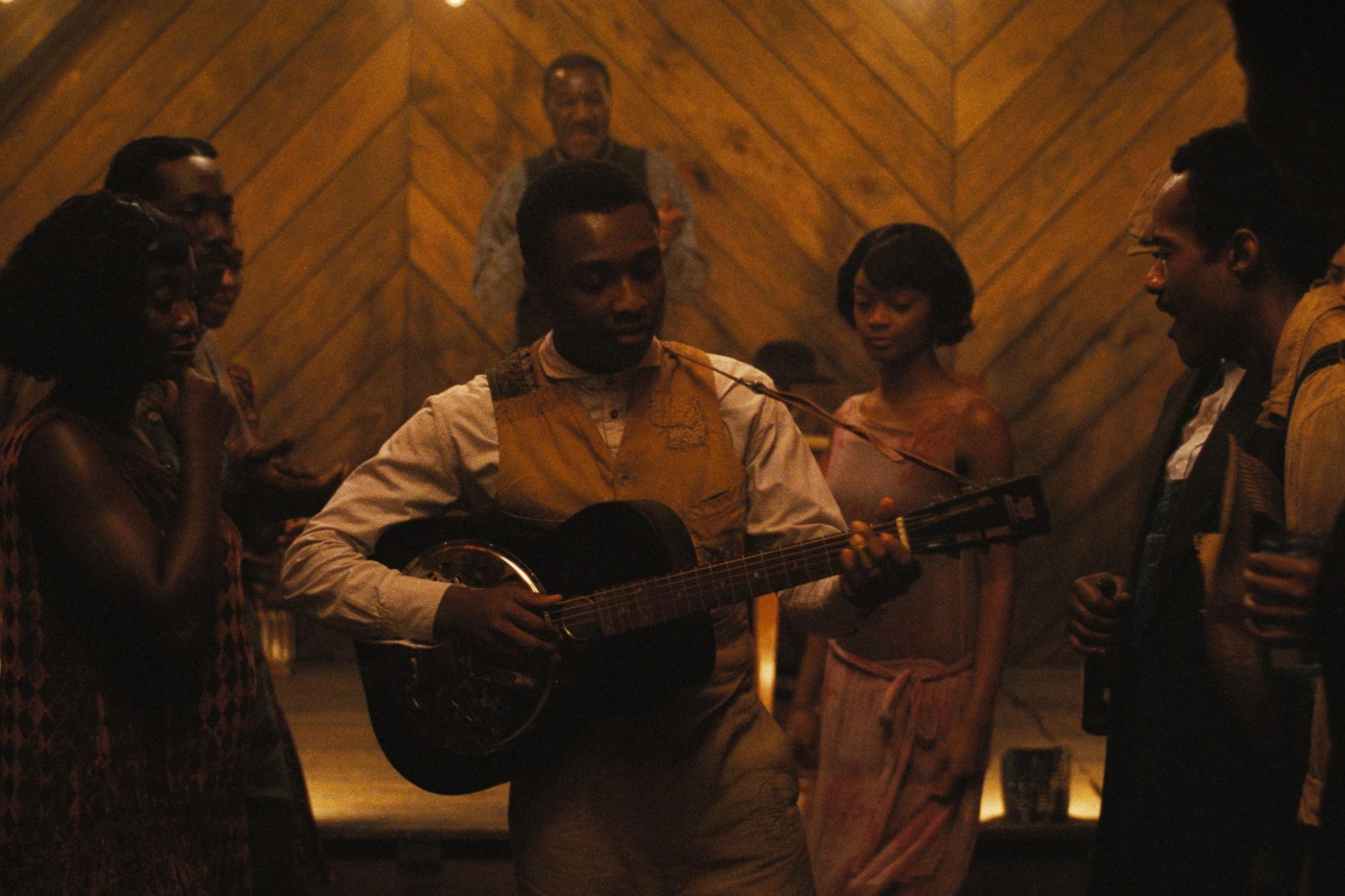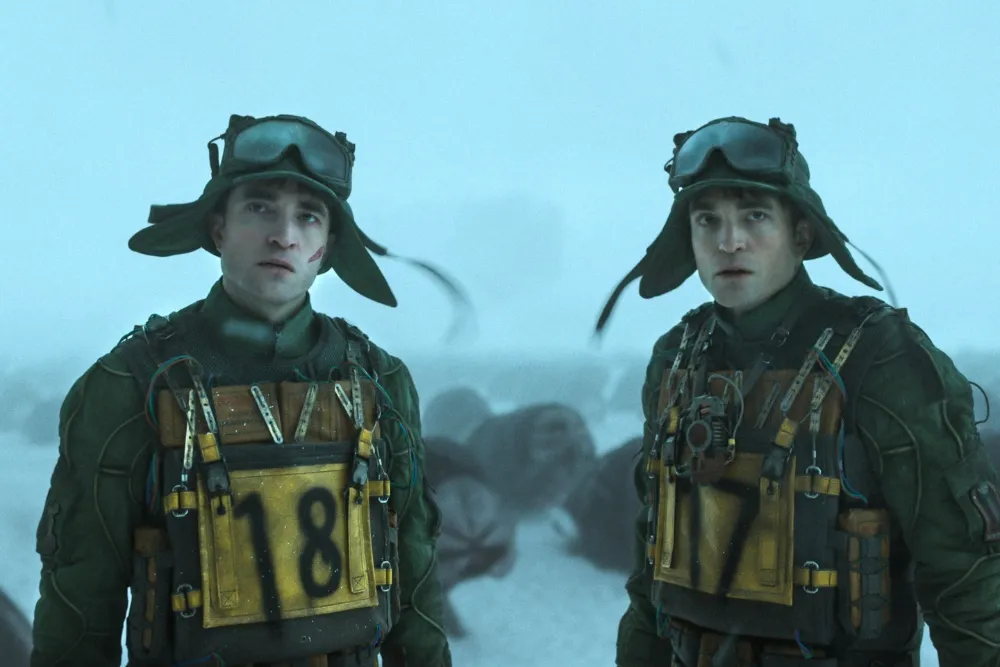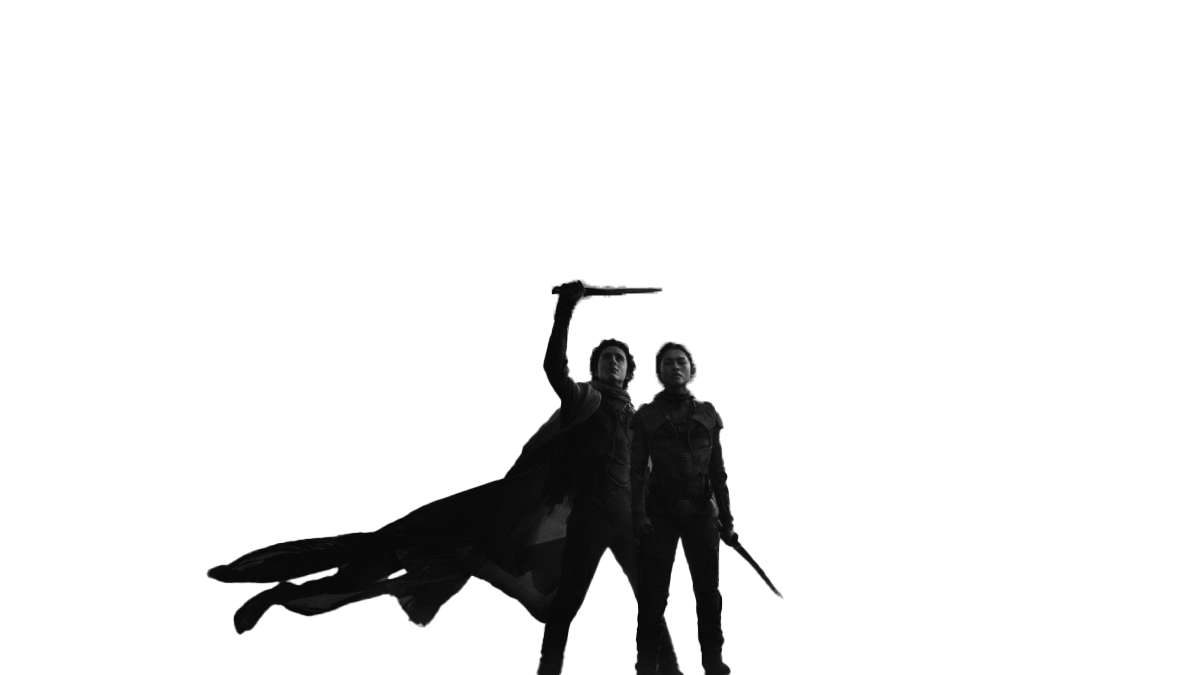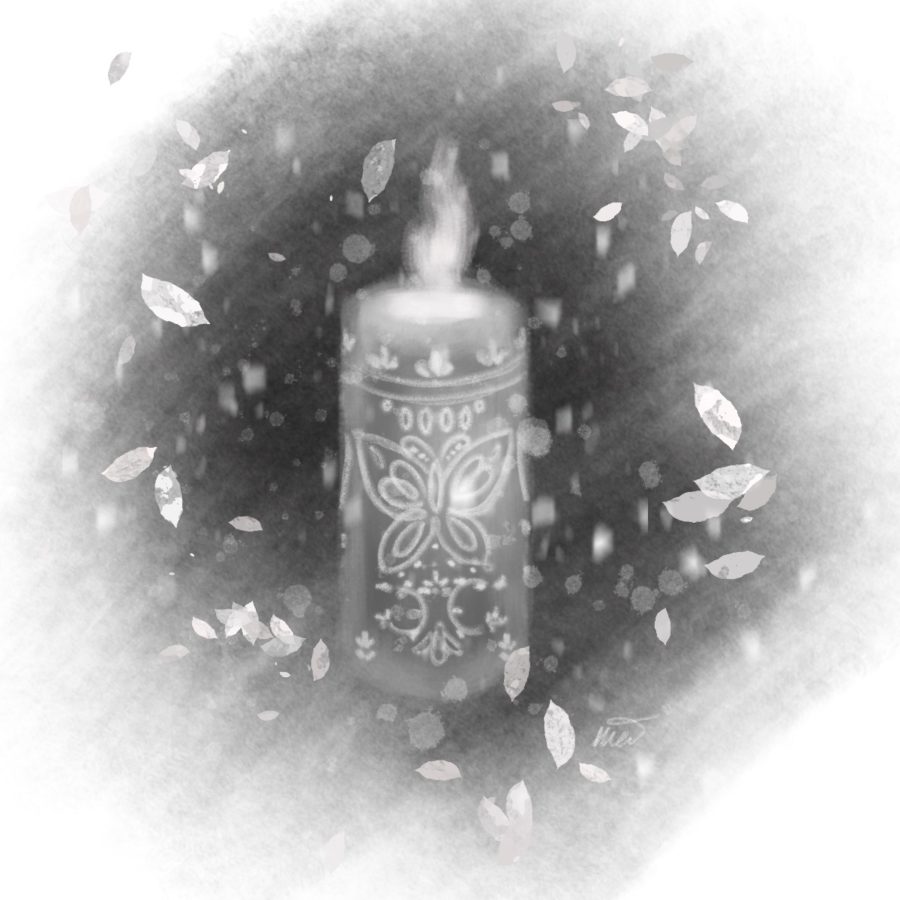Sinners, a supernatural horror written and directed by Ryan Coogler, is a bash of vampiric swagger and phantasmagorical depictions of the Jim Crow South set in the 1932 Mississippi Delta. Ryan Coogler , the critically acclaimed director of Black Panther, its 2022 sequel, and 2015’s Creed demonstrates his talent, not just by making another box office spectacle, but in the art & craft of filmography — a craft hindered by a malaise of franchise installments and the prioritization of selling content for brands and intellectual property.
Born in Oakland, Coogler would attend USC’s School of Cinematic Arts. At USC, Coogler would befriend fellow student Ludwig Göransson, who would compose for one of the many short-films Coogler would direct while attending USC. In 2013, the pair would collaborate on Coogler’s feature-length debut Fruitvale Station, based on the story of the 2009 killing of Oscar Grant by BART Police, which would receive financial and critical acclaim. The film, starring Michael B. Jordan, would be the professional beginning of Coogler’s work relationship with both Michael and Göransson, who’ve all come together again for Sinners.
The film primarily follows the journey of the criminal “Smokestack” twins, Elijah “Smoke” Moore and Elias “Stack” Moore, brothers and World War I veterans both played by Michael B. Jordan. Returning to their home of Mississippi after a stint with Al Capone’s Chicago Outfit and money stolen from gangsters, the twins venture to establish a “juke joint” ( an inexpensive bar) in Clarksdale for the local Black community. While the film may follow the twins, the true heart of the story lies in Miles Caton’s performance of the character Sammie, the cousin of the twins and an aspiring blues musician artist who joins them in their venture despite the wishes of his pastor father who warns against the devilish wiles of blues music.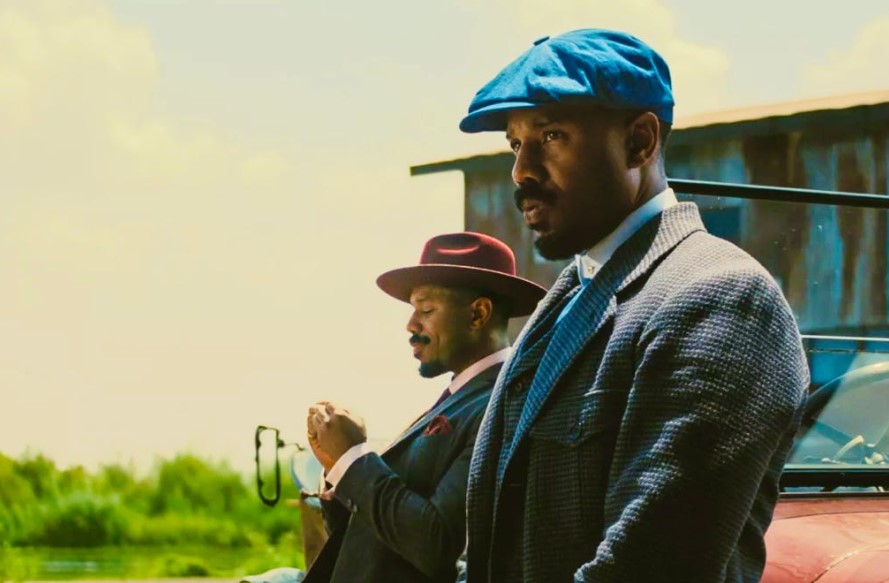
Despite the movie only taking place in the span of 24 hours, it executes at a slow-burn pace in which the first hour of the film executes the exposition of both the characters and setting well.
With only the most minor of nitpicks that could make the film problematic, it is of the utmost importance to watch Sinners if you have any interest in filmography as entertainment, an art form, or if you just really like vampires. Composing for the film, Ludwig Göransson creates an ambient, vivid soundscape adorned with the melodies and twangs of 1930’s blues. Albeit, the inventiveness of Göransson’s soundtrack sometimes suffocates the clarity of characters’ dialogue., a critique similar to the Oppenheimer soundtrack that Göransson had also composed.
The latter half of the film includes the main cast opening the juke joint and introduces the main antagonist, Remmick. A centuries-old Irish vampire, he eludes capture by Choctaw vampire hunters to begin a night of terror. The movie’s back-end sees its score transition from the blues instrumentals to a metal sound featuring electric guitars. As the moon rises and the night begins, the subtle tension of Coogler’s Southern Gothic aesthetic is replaced with outright horror and bloodshed.
Throughout the film, music is something explicitly intertwined with the power of storytelling. Set up in the introduction of the film with a narration about griots, Irish filè, and other oral storytellers throughout indigenous cultures, the movies’ pervasive soundtrack doesn’t serve just as aesthetic ambience but assists in creating and fostering character interaction. For Sammie’s character journey in particular, the music engages his internal conflict in a “Devil Went Down to Georgia” fashion and culminates in an iconic scene – a scene only describable by viewing with your own eyes in a theatre.
Like most of his films, Sinners touches on commentary about race. However, instead of taking an easy route of making Remmick and his vampires a 1:1 allegory for racism, he instead constructs a complex enemy whose nuances may not always be broken down in just a single watch. Whether you interpret the vampires as forces of assimilation, escapism, or a deconstruction of the white savior complex among many other interpretations, and even if you find their arguments convincing, what remains constant is that their platitudes of being a big happy family fall short when they start sinking their fangs into the main characters.
And yes, there is a post-credits scene.
All images courtesy of Warner Bros. Pictures.



